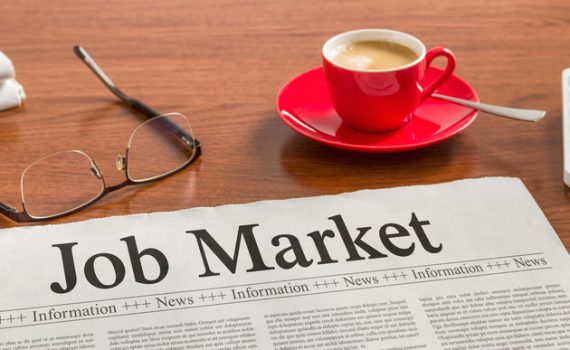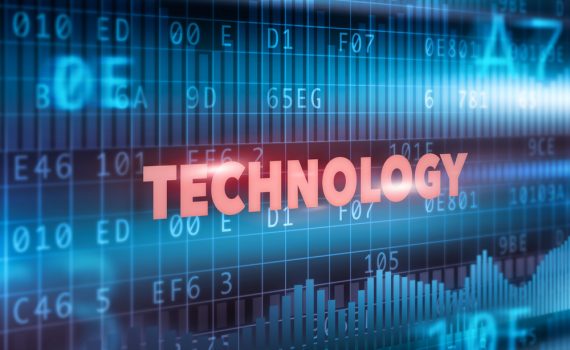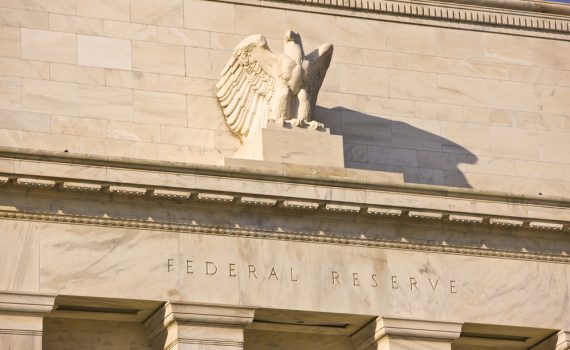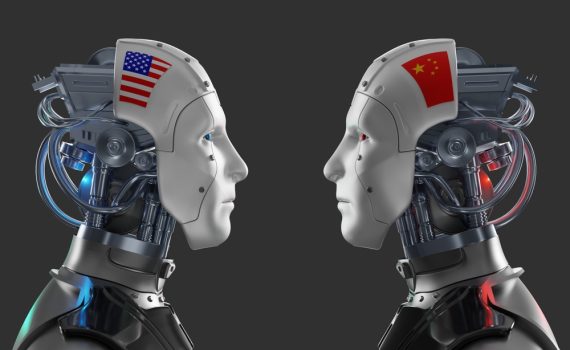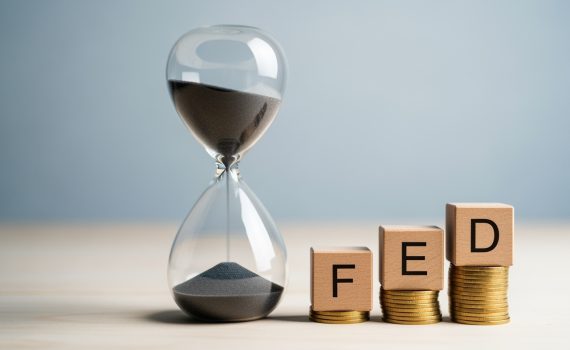After a year of overheated valuations and investor crowding, India’s equity market has undergone a healthy reset with more defensible valuations and renewed investor interest.
WisdomTree
With the government shutdown temporarily resolved, market attention has shifted to whether the Fed will cut rates at its December meeting amid growing division within the FOMC.
If the labor market is nearing a bottom and job creation surprises to the upside, investors may need to rethink the consensus Fed path.
As the calendar has now turned squarely into Q4, the sweepstakes for who will be nominated as next Chair of the Federal Reserve will no doubt increase. Current Chair Powell’s term does not end until May 2026, but according to published reports, it looks like the Trump Administration could make an announcement as soon as January.
With the federal government shutdown delaying major economic data releases, investors are left navigating markets without key signals. While this shutdown does not include debt ceiling standoffs, it still clouds short-term visibility for the economy.
In the 20th century, power revolved around oil, steel and finance. In the 21st, it revolves around compute, certain design tools and semiconductors. For investors, this is both an opportunity and a warning. The rewards of scale, scarcity and sovereignty could be immense. But the risks are equally real.
With Fed policy remaining highly data-dependent at this stage of the game, getting policy to neutral is a good starting point. If the upcoming employment data doesn’t improve, or gets worse, in the months ahead, then the voting members will more than likely front-load their rate cuts and get them in before year-end…then on to 2026.
While investors often look to the Federal Reserve for macroeconomic signals, Walmart’s earnings may offer even more insight. As a barometer of consumer behavior, pricing trends and tariff impacts, Walmart is a must-watch for anyone trying to understand the real-time U.S. economy.
We may look back at 2025 and recognize it as the moment AI stopped being a purely technological race. Instead. it became the central axis of geopolitical competition with the release of dueling AI action plans from the White House and Beijing.
Once again, the decision to keep the Fed Funds Rate at its current level comes as little surprise, as attention now turns to the next official FOMC gathering in September.
On top of all the geopolitical headlines the money and bond markets have had to contend with of late, there has been another news story that has recently garnered its own fair share of headlines: a new Fed chair.
Once again, the decision to keep Fed Funds at its current level came as little surprise, as the Fed continues to be sitting back and waiting to see how the economic and inflation landscape unfolds given the uncertainties that have arisen from tariff-related developments.


